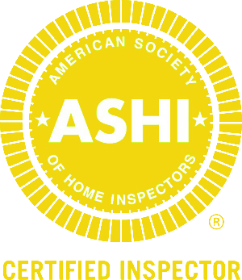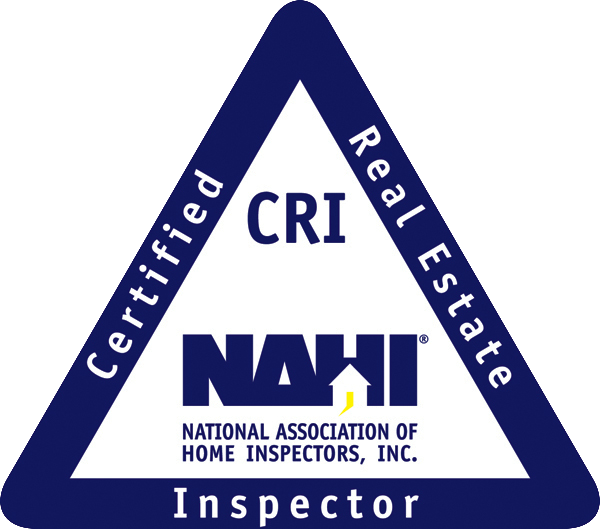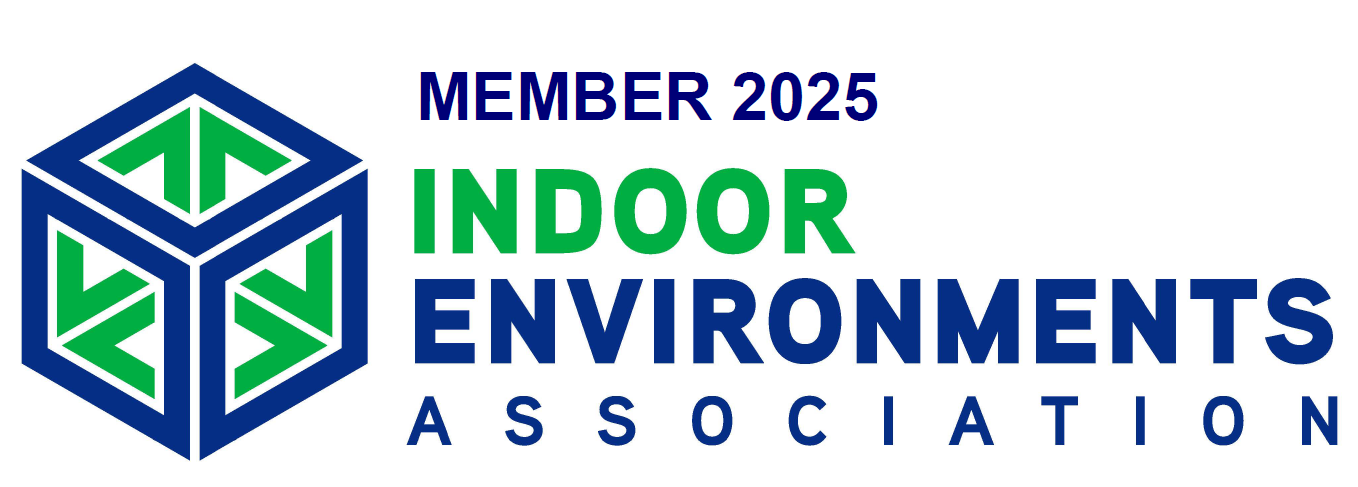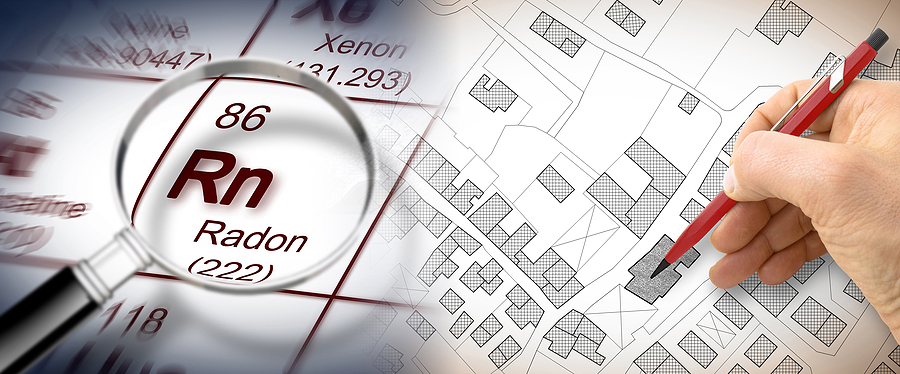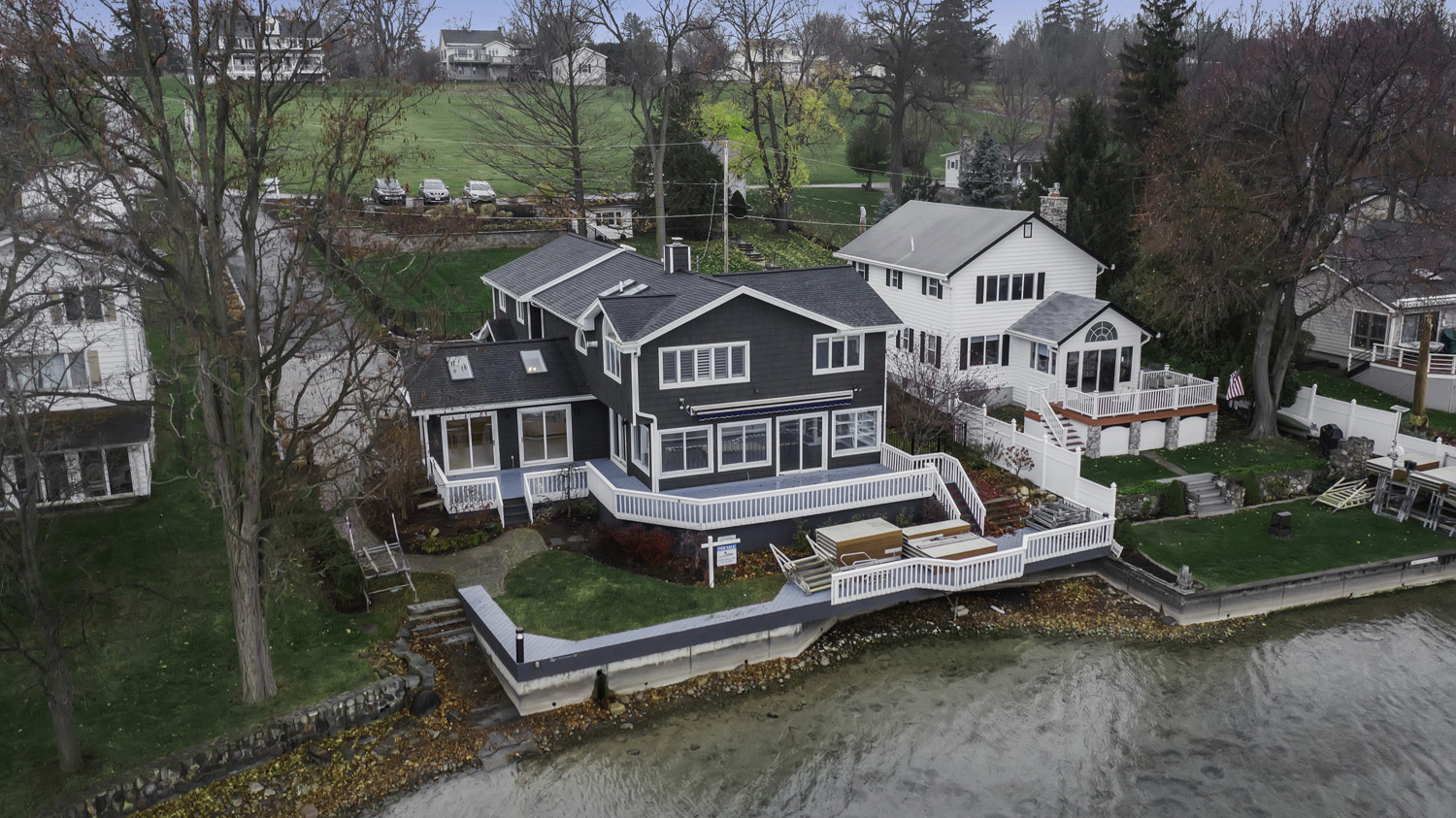Proper Radon Testing Requires Proper Procedure
Proper Radon Testing Requires Proper Procedure
Radon is a radioactive gas that has been found in homes all over the United States. It comes from the natural breakdown of uranium in soil, rock and water and gets into the air you breathe. Radon typically moves up through the ground to the air above and into your home through cracks and other holes in the foundation where it can become trapped. Radon can also enter your home through well water.
Any home can have a radon problem. This means new and old homes, well-sealed and drafty homes, and homes with full basements, crawl spaces or slabs. In 1988 the Office of the U.S. Surgeon General issued a warning about radon urging Americans to test their homes and to reduce the radon level when necessary. EPA estimates that about 20,000 lung cancer deaths each year in the U.S. are radon-related. Exposure to radon is the second leading cause of lung cancer after smoking.
The EPA has extremely specific guidelines as to how the test should be conducted, from placement of the device to homeowner behaviors during the testing period. Disturbing or interfering with the test device, or with closed-house conditions, may invalidate the test results and is illegal in some states. Radon testing professionals should ask homeowners to sign a non-interference agreement, explaining the testing protocol. The testing process requires patience from home buyers and sellers, but the benefits of knowing the radon levels are safe far outweigh the risks of improper testing and inaccurate results.
According to EPA guidelines, closed-house conditions means keeping all windows closed, keeping doors closed except for normal entry and exit, and not operating fans or other machines which bring in air from outside. Fans that are part of a radon-reduction system, or small exhaust fans operating for only short periods of time, may run during the test.
When doing a short-term test, ranging from 2-4 days, it is important to maintain closed-house conditions for at least 12 hours before the beginning of the test and during the entire test period. The radon test should be conducted for a minimum of 48 hours; some test devices have a minimum exposure time greater than 48 hours. Do not disturb the test device at any time during the test. You may operate the home's heating and cooling systems normally during the test, as it only re-circulates interior air.
New York State requires all radon tests to be analyzed by a certified lab for accurate results. For any radon test to be legal, the report containing the results must have the New York State ELAP laboratory ID number clearly indicated. The radon test professional should not read or analyze test results unless he/she is ELAP certified. If an elevated level is found, you should contact a qualified radon-reduction contractor about lowering the radon level. EPA recommends that you fix the home when the radon level is 4 pCi/L or more.
You cannot predict radon levels based on state, local, and neighborhood radon measurements. Test results taken in other homes in the neighborhood to estimate the radon level in your home are not reliable. Proper testing is the only way to find out your home's radon level. For more information on radon and radon testing, go to www.epa.gov/radon.
Richard F. Pezzino is a licensed and insured home inspector, and owner of Accu-View Property Inspections, Inc. He is a Radon Measurement Specialist, and a Member of the National Radon Safety Board (NRSB). Information available at 716-882-2200 or www.AccuviewInspections.com. NYS License #16000005200.

